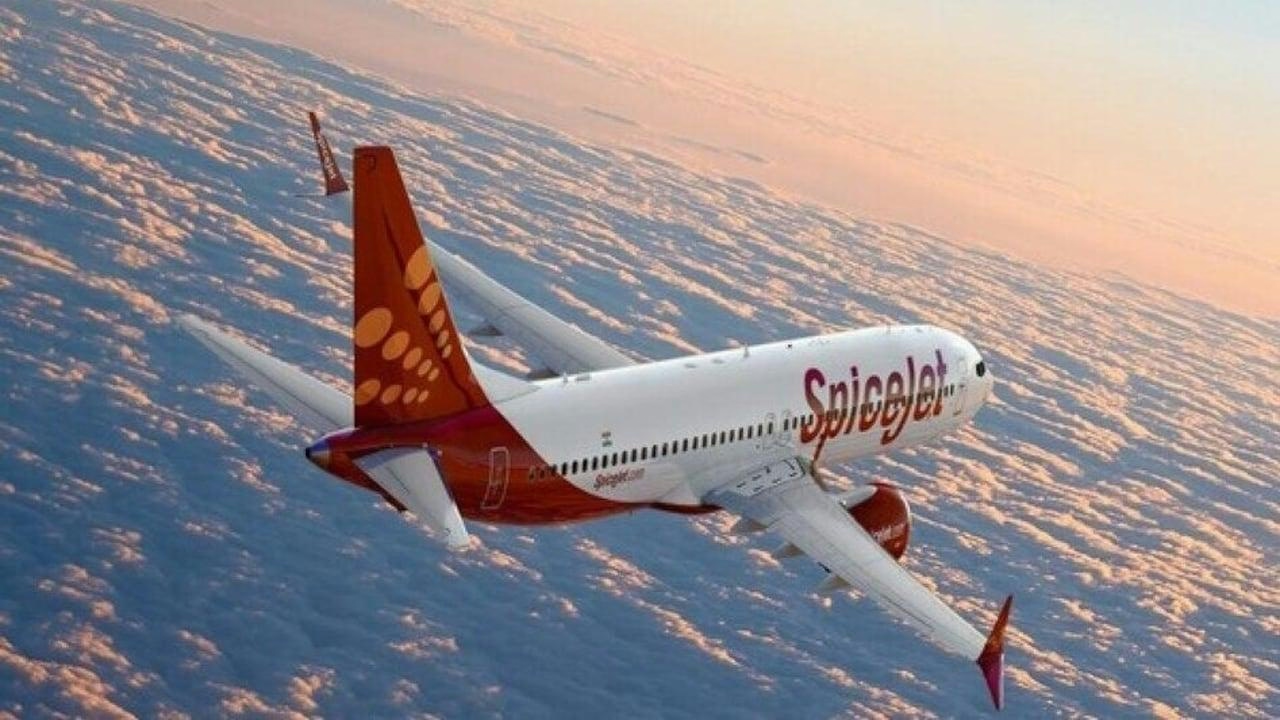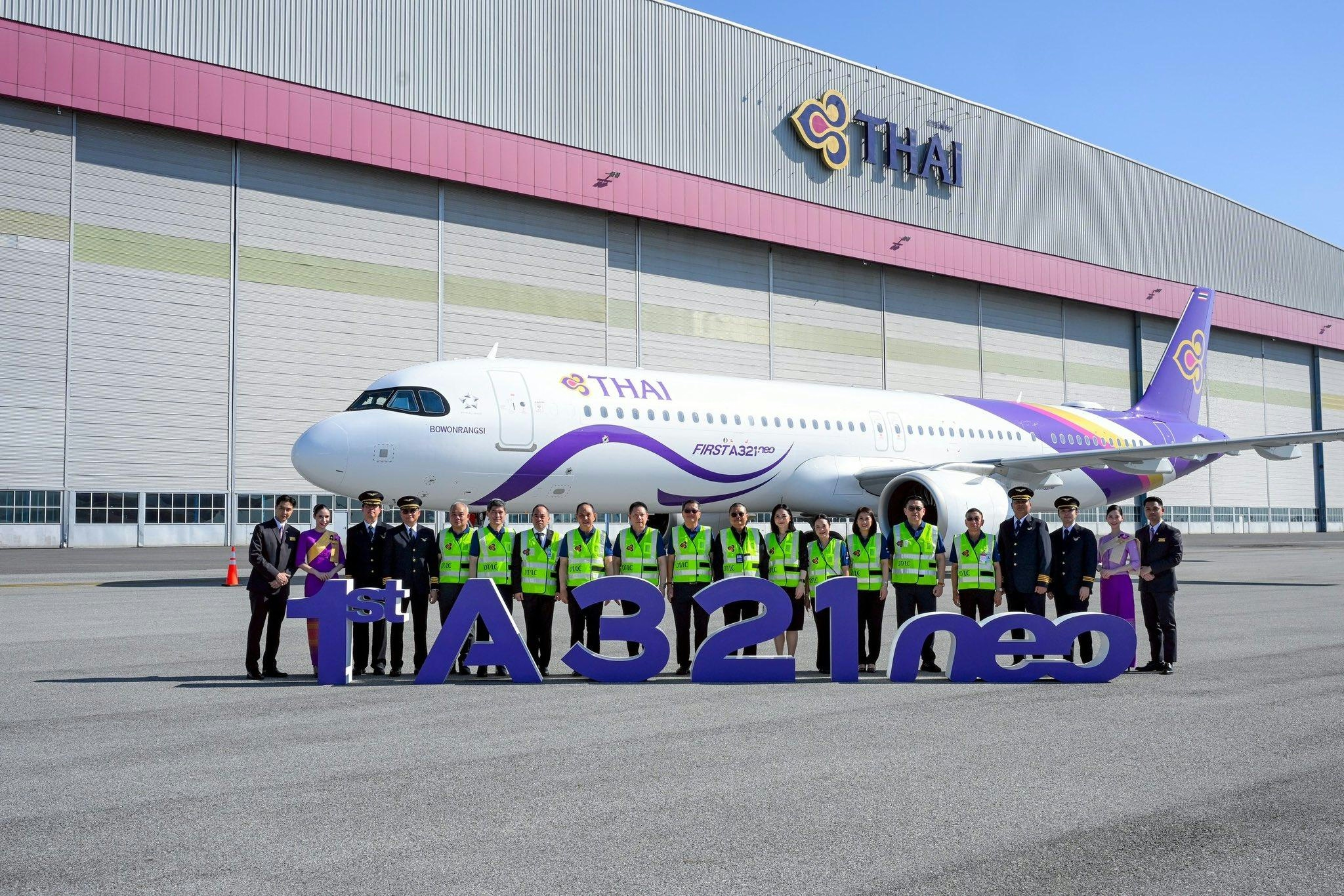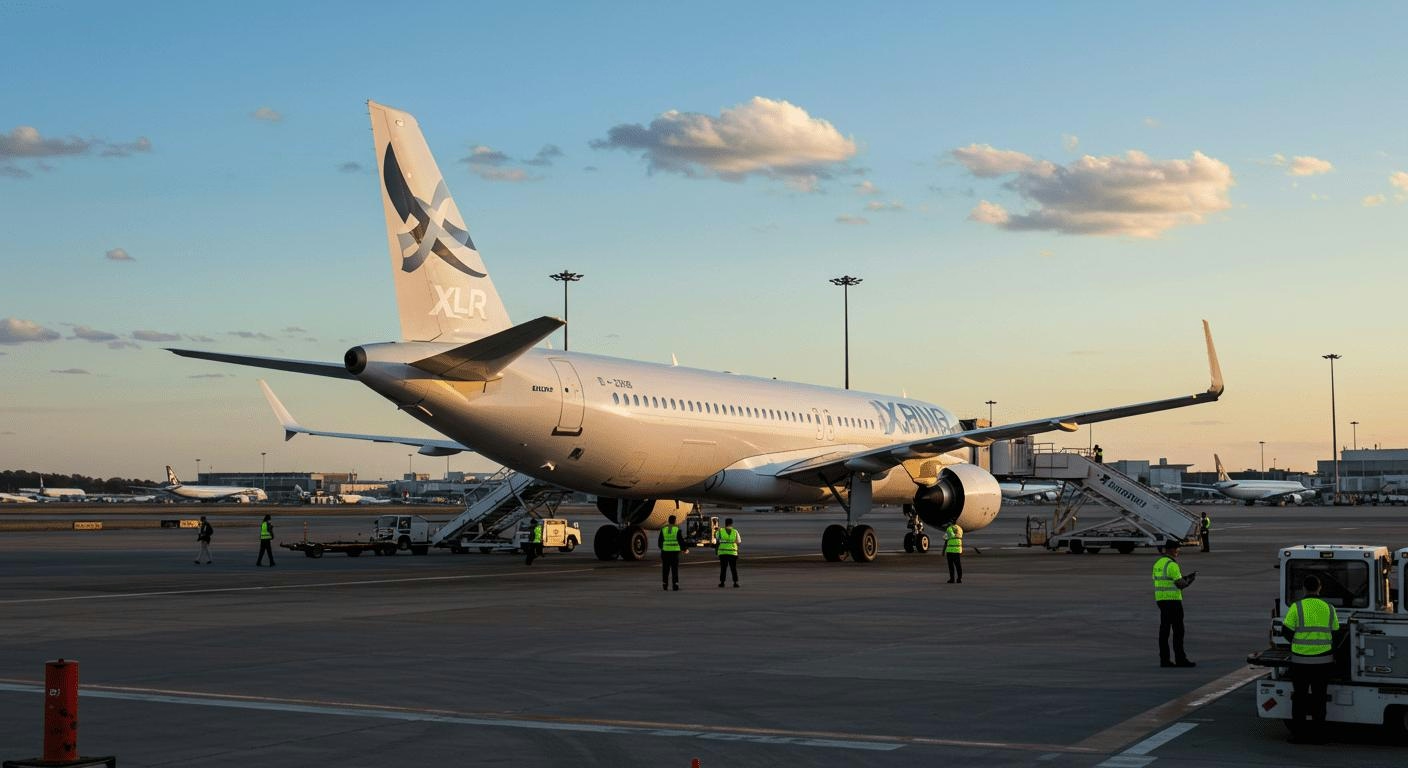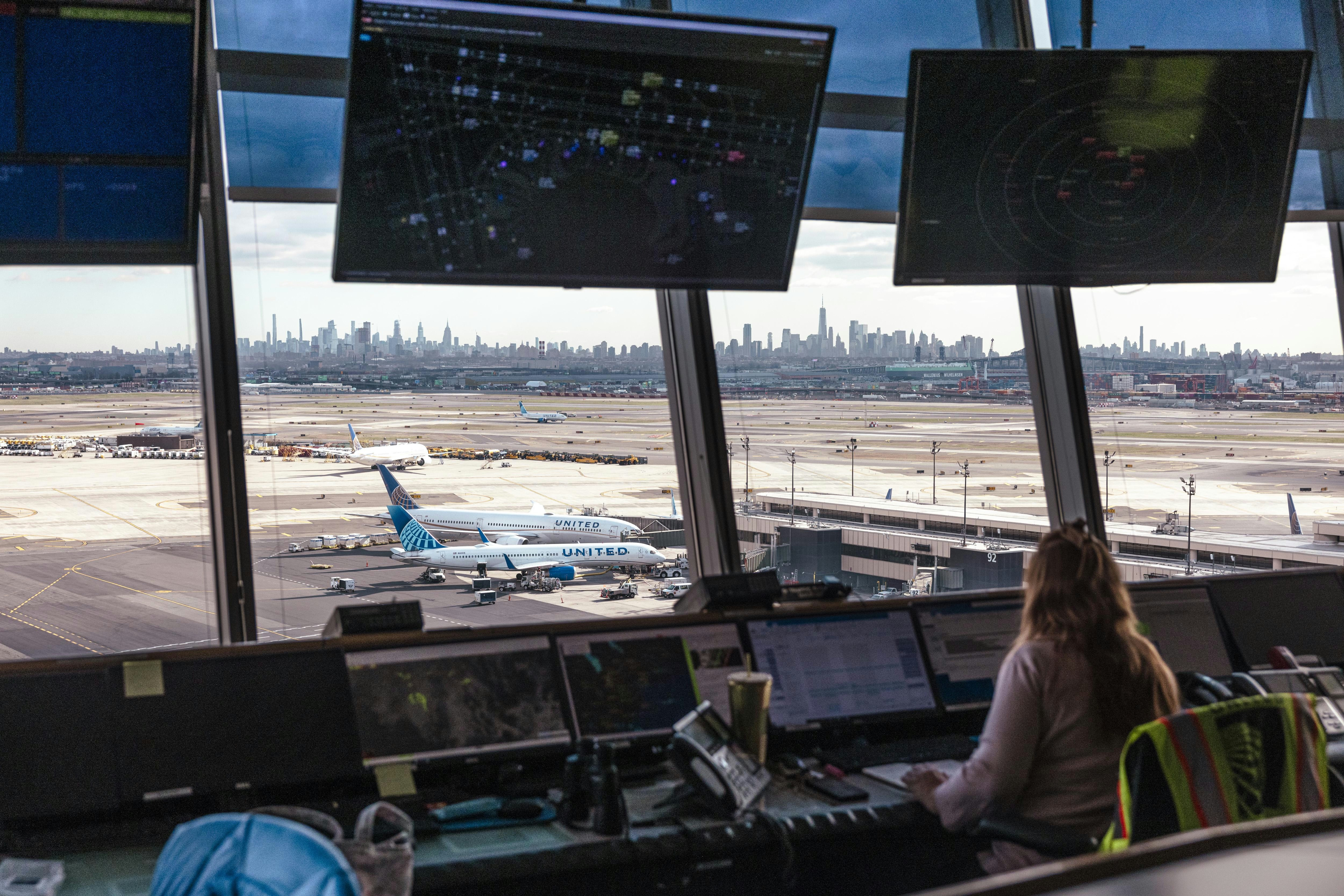
AeroGenie — Votre copilote intelligent.
Tendances
Categories
SpiceJet to Add 20 Jets Through Reactivations and Damp Leases

SpiceJet to Expand Fleet by 20 Aircraft Through Reactivations and Damp Leases
Indian low-cost carrier SpiceJet has announced plans to augment its fleet by 20 aircraft between October and November 2025, aiming to strengthen its network ahead of the year-end peak travel season. This expansion will be achieved through a combination of reactivating previously grounded aircraft and acquiring additional capacity via damp leases from various ACMI (Aircraft, Crew, Maintenance, and Insurance) providers.
Fleet Growth and Leasing Strategy
Debojo Maharshi, Chief Business Officer at SpiceJet, emphasized the significance of this expansion, stating that by December 2025, the enlarged fleet will enable the airline to more than double its capacity and triple its available seat kilometres (ASK), marking a pivotal milestone in its growth trajectory. As of early November, SpiceJet had already inducted five aircraft as part of its aggressive winter expansion plan. This included one reactivated Boeing 737-8, three damp-leased Boeing 737-800s, and one Airbus A340-300.
In recent weeks, the airline has secured multiple damp-lease agreements to mitigate ongoing capacity shortages. Notably, in early November, SpiceJet entered into a wet-lease arrangement with Fly4 Airlines for four Boeing 737-800s, which are scheduled to remain in service until May 2026. According to ch-aviation fleet data, SpiceJet currently operates eleven damp-leased aircraft sourced from operators such as Ascend Airways, Corendon Airlines Europe, Fly4 Airlines, Legend Airlines (Romania), and Smartwings (Czechia).
By the end of November, SpiceJet aims to double its operational fleet to meet rising passenger demand. Of its 54 in-house aircraft, only 19 are currently active. The in-house fleet comprises five Boeing 737-700s, three Boeing 737-700(BDSF)s, seven Boeing 737-8s, twelve Boeing 737-800s, three Boeing 737-900ERs, and twenty-four DHC-8-Q400s. The airline serves 40 destinations across 126 routes.
Industry Challenges and Market Conditions
SpiceJet’s ambitious fleet expansion unfolds amid broader challenges within the aviation industry. While supply chain disruptions have eased for some manufacturers—Embraer, for instance, reports that shortages will no longer affect its 2025 production—other suppliers such as Spirit AeroSystems continue to face difficulties. These ongoing issues could potentially impact SpiceJet’s timelines for aircraft reactivation and leasing.
Market conditions also remain uncertain. The global aviation sector is experiencing softness in transatlantic demand and yields, as highlighted by Finnair’s CEO. Additionally, recent negative market reactions to British Airways’ third-quarter earnings underscore investor caution. Competitors are adjusting their strategies accordingly; Wizz Air, for example, has reduced its Airbus A321XLR commitments and delayed delivery schedules, reflecting a more cautious approach to capacity growth.
As SpiceJet advances with its expansion plans, the airline will need to navigate these industry headwinds while leveraging rising domestic demand. The success of its fleet strategy will depend not only on securing aircraft but also on its ability to adapt to evolving market dynamics and operational challenges.

Aviation Capital Group Delivers Boeing 737 MAX 8 to LOT Polish Airlines

Thai Airways Receives First A321neo Aircraft

Seoul Invests 3.35 Trillion Won in New Fighter Jet Engine Development

Can the A321XLR Replace Widebody Aircraft?

Airline Uses AI to Hold Flights for Passengers with Tight Connections

How Airlines Use AI to Set Flight Prices and What Consumers Can Do

Juniper Expands Fleet with Converted Freighter Leasing

FlyOnE Launches Air-Taxi Service to Rottnest Island

U.S. Plans to Resume Civil Supersonic Flights with Industry Support
